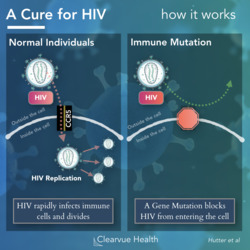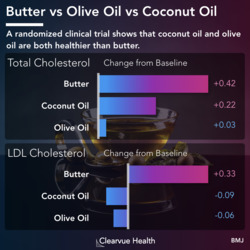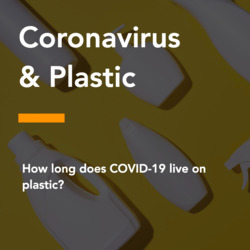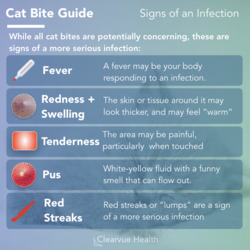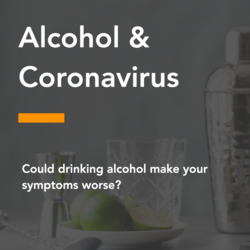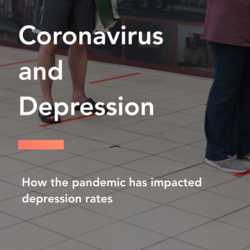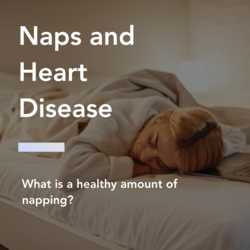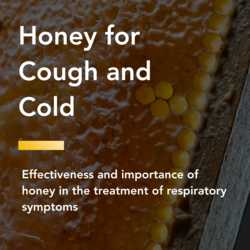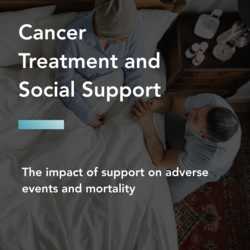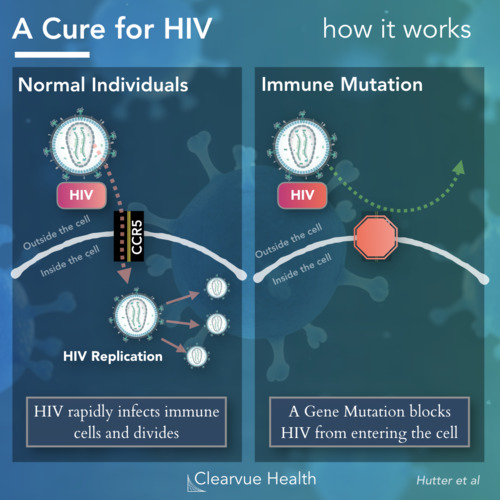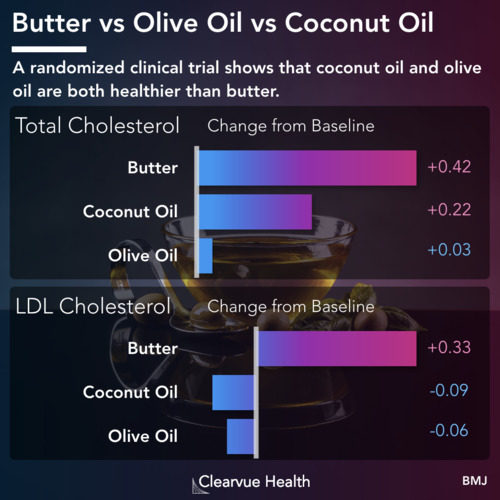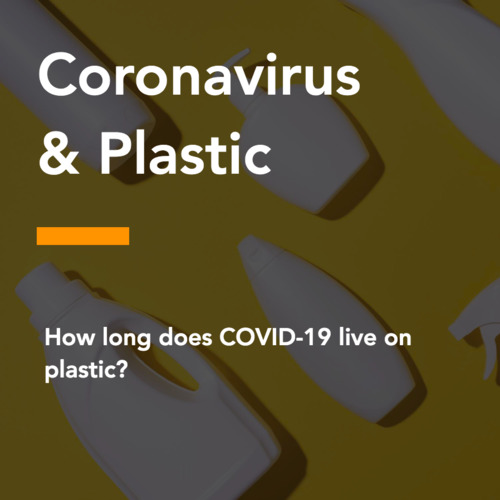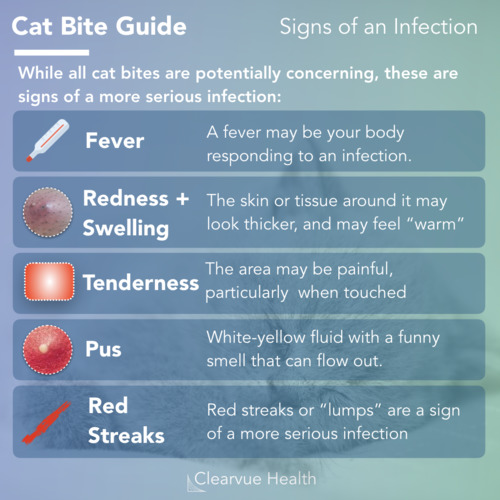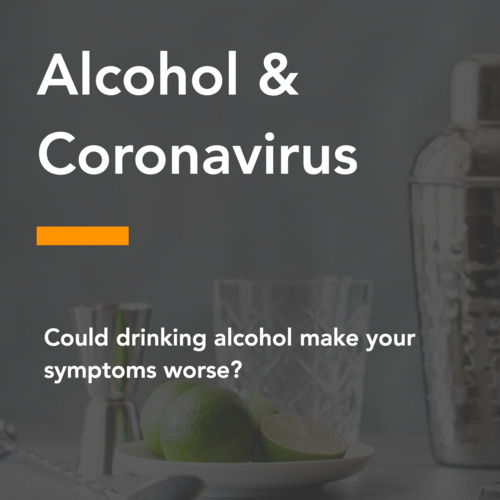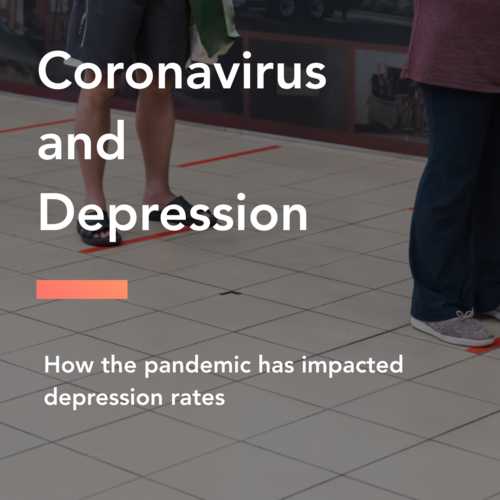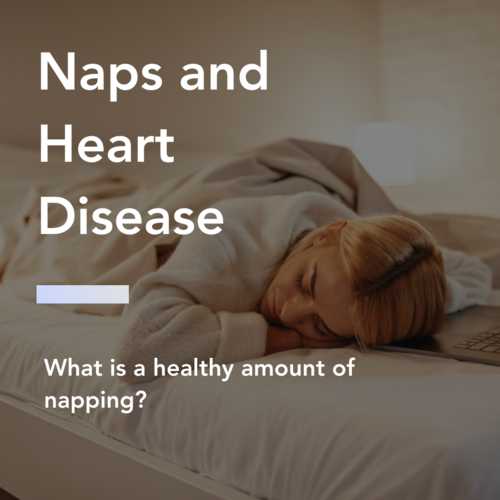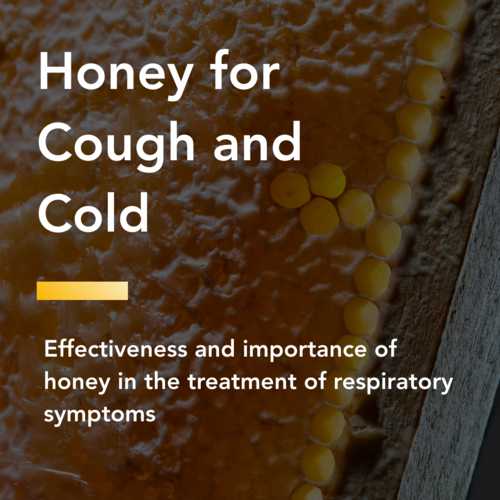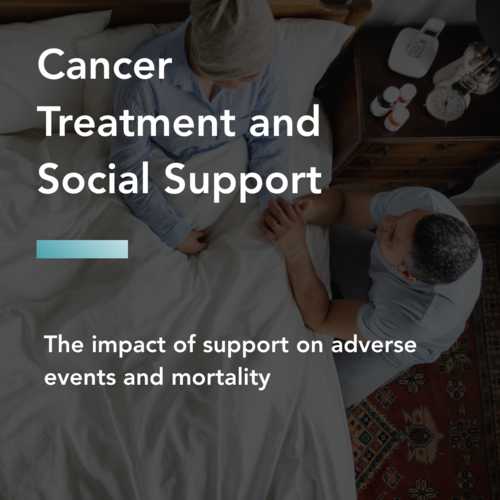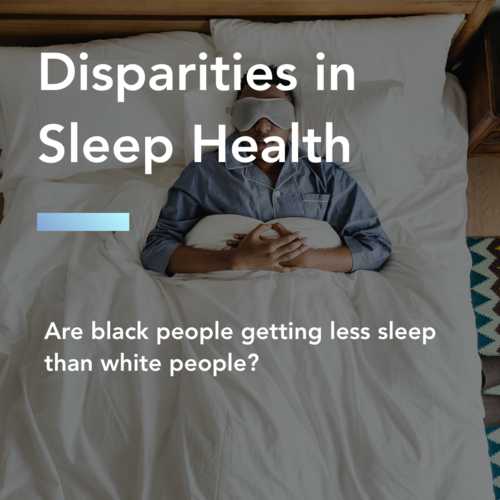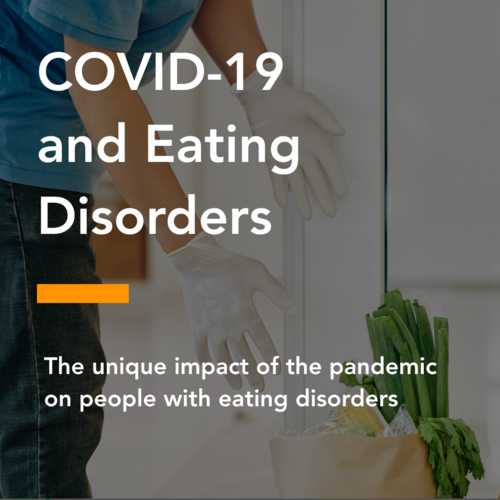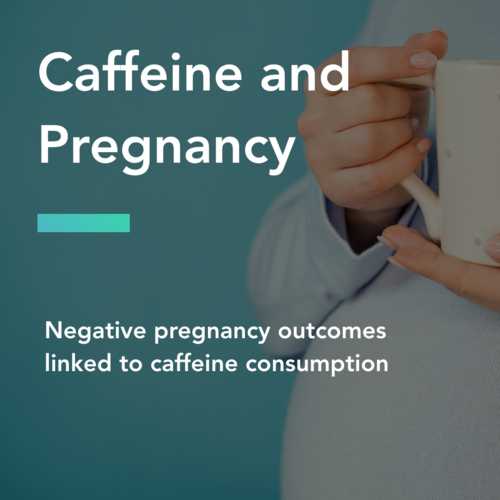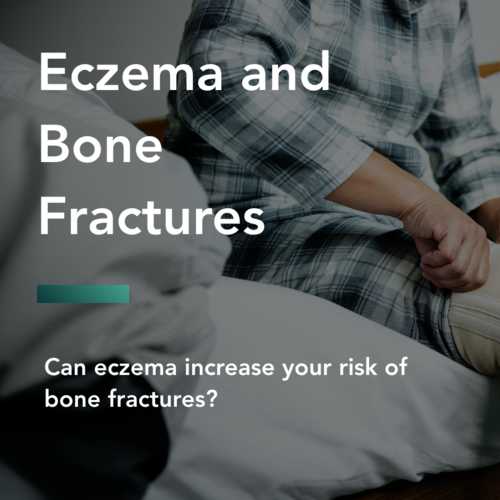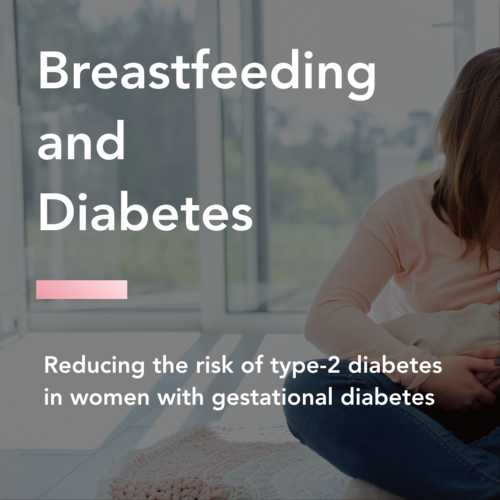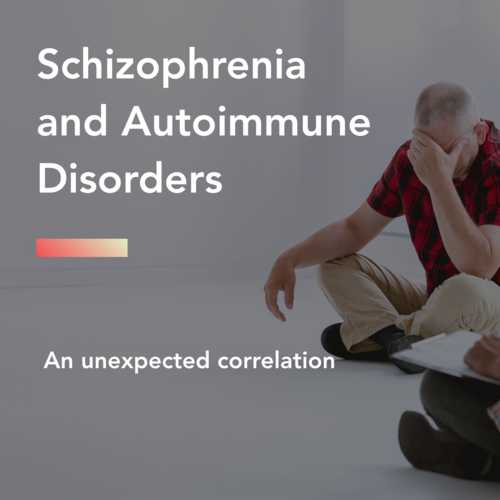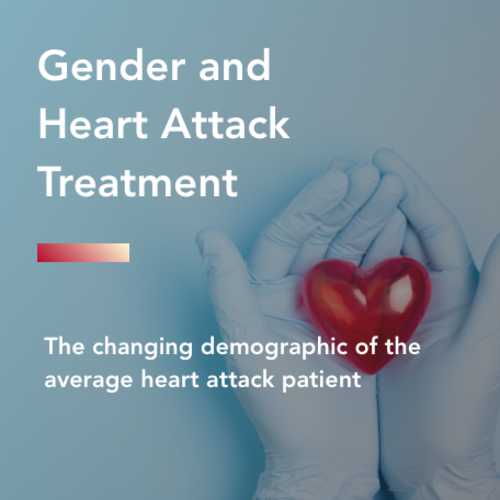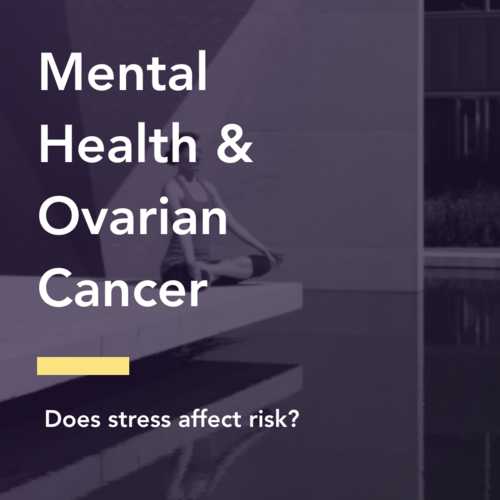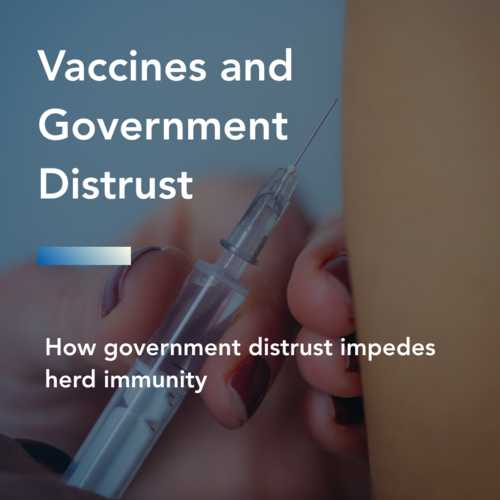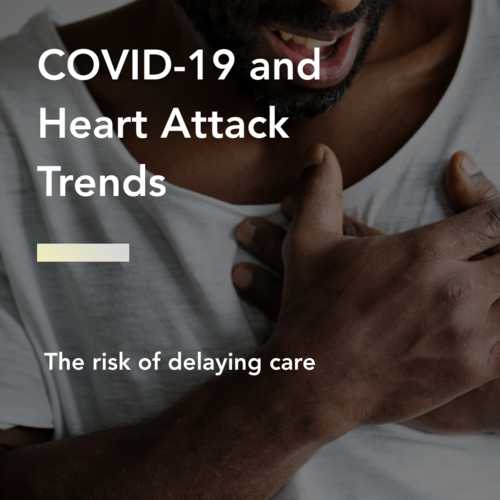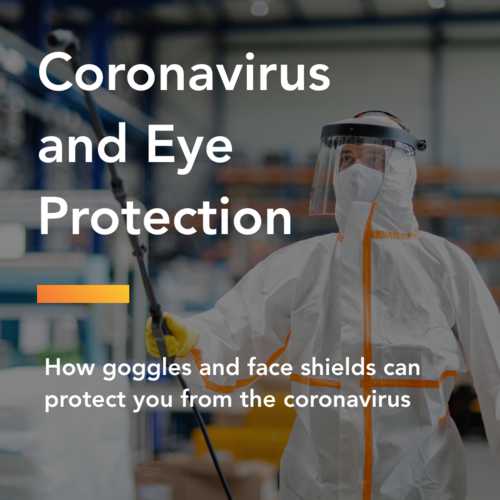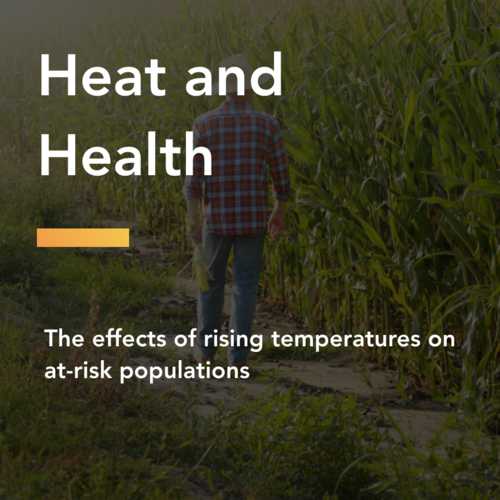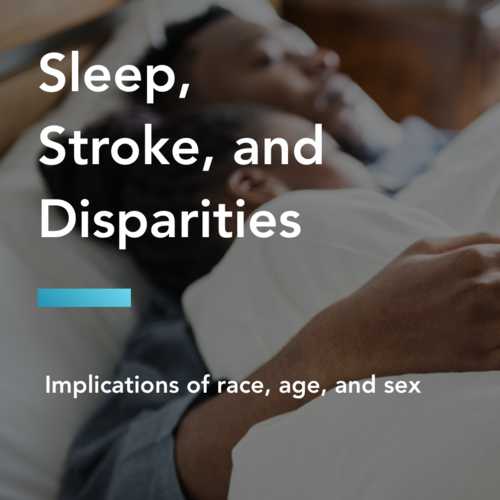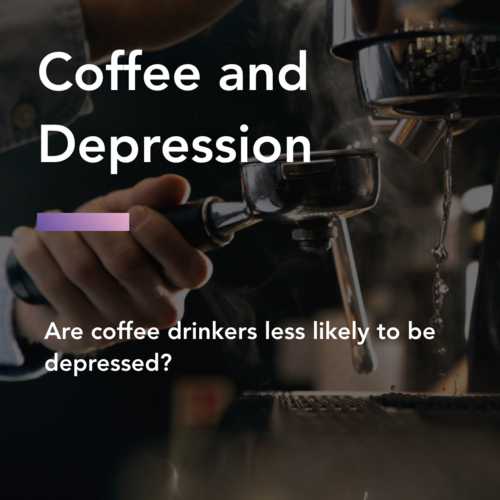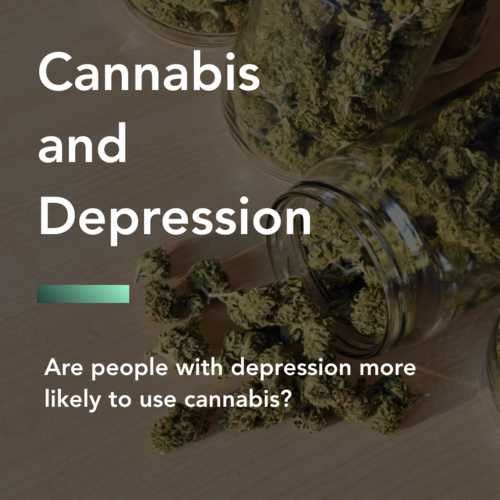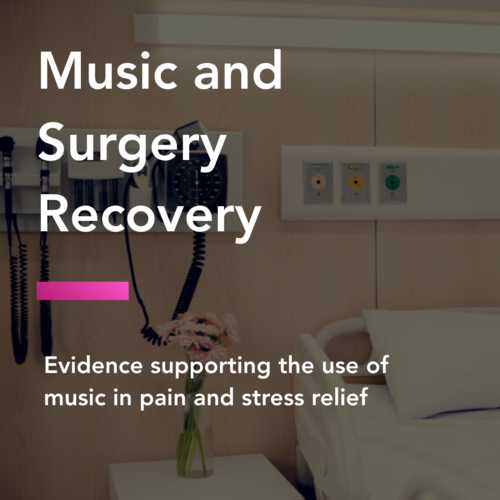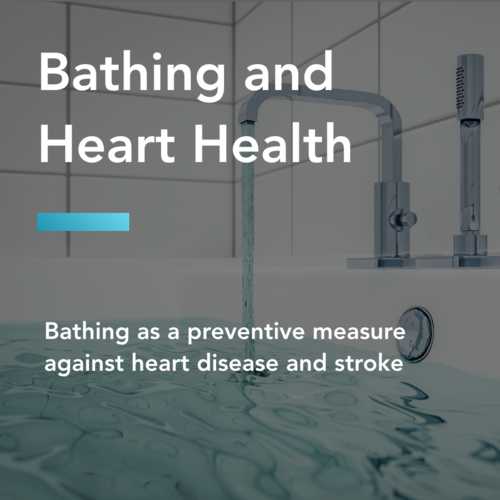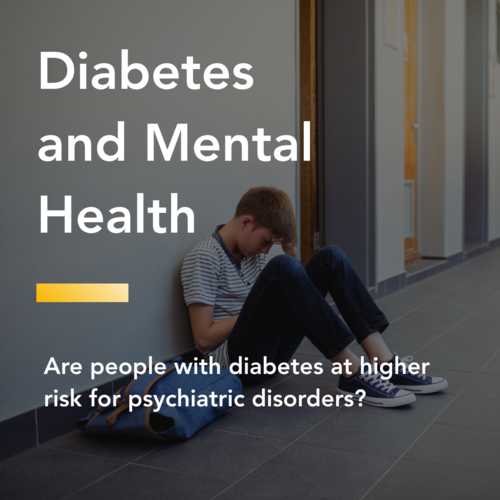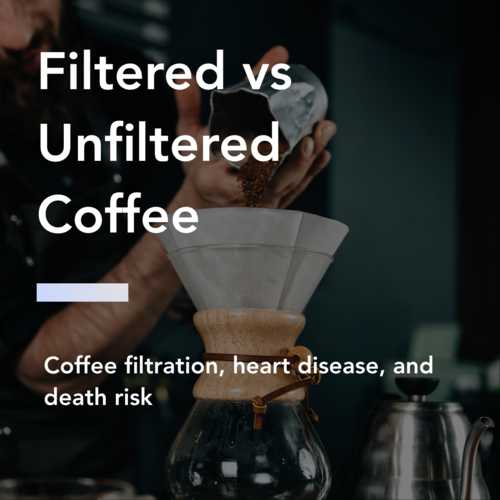HIV Transmission Elimination - Partner 1 and Partner 2 Studies
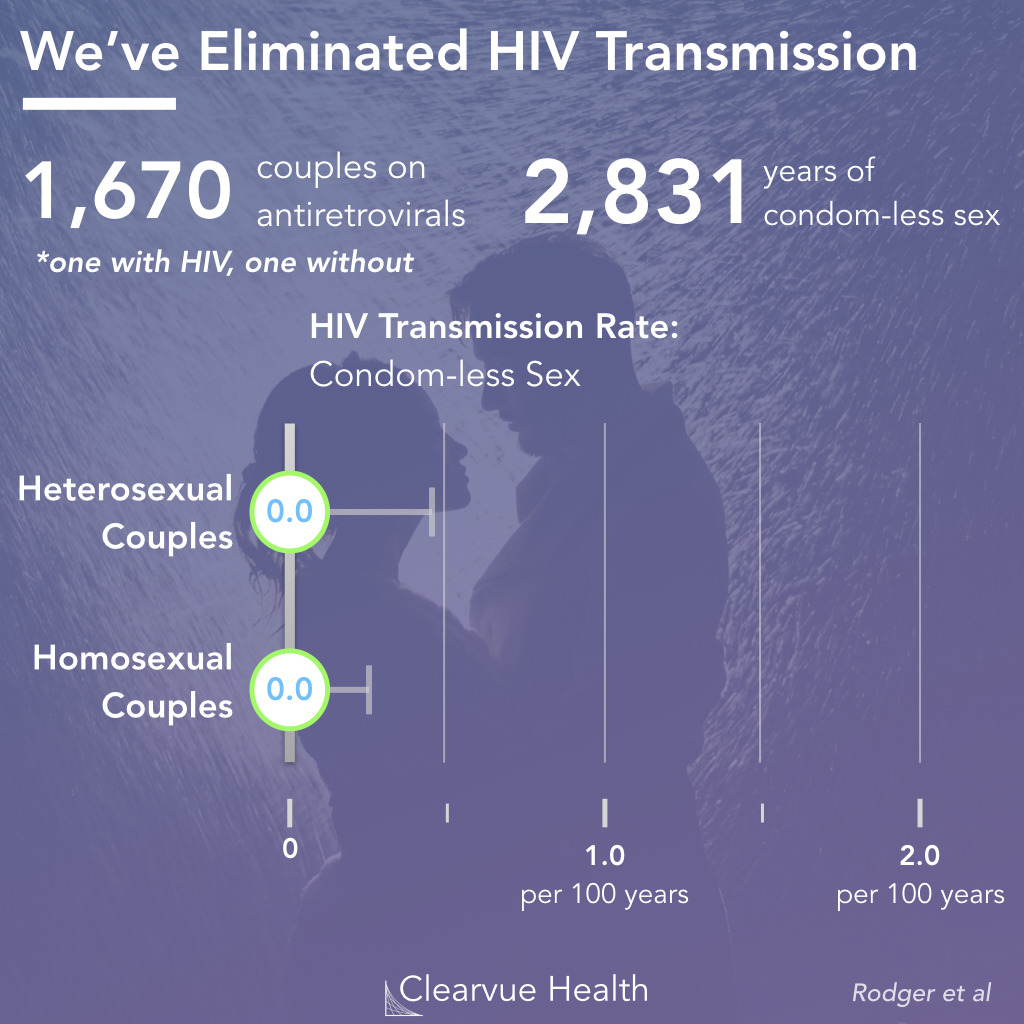
Figure 1: HIV Transmission Elimination - Partner 1 and Partner 2 Studies. 1,670 couples were followed among the two studies for approx. two years. Each of the couples had one partner with HIV and another partner without. A total of 2,831 years of condomless sex were analyzed across the two studies. Among couples who had complete suppression of their HIV viral load, there were no cases of HIV transmission between partners. The circles represent the estimated transmission rate per 100 couple years. The bars represent the margins of error.
Two new groundbreaking studies show that we may have just prevented HIV transmission.
The Partner 1 and Partner 2 studies looked at whether HIV transmission could be prevented between partners where one individual has HIV and one does not, even with condom-less sex.
In the past, HIV transmission between partners was a real risk. Individuals who were HIV positive often sought out other HIV positive partners to avoid transmitting HIV to someone who was HIV negative.
Several dating websites in fact specialize in helping HIV positive individuals find HIV positive partners.
The results of both studies show that HIV transmission risk can be reduced to near zero. Among the 1,670 couples across both studies, who were followed for a combined 2,831 years, there were zero cases of HIV transmission between partners.
Of note, there were several cases where the HIV negative partner become HIV positive. However, these cases were determined to come from other sexual partners who were not in the study.
Since these patients were not protected through prophylaxis, they could still contract HIV from another partner who did not have an undetectable viral load.
Source: The Partner 1 Study
Source: The Partner 2 Study
Researchers studied both heterosexual and homosexual serodifferent couples who engaged in condomless sex. These couples had one partner with HIV and another without. The HIV positive partner had to have a suppressed virual load which comes from adherance to retroviral therapies. In the few cases where someone contracted HIV during the study, researchers examined the sequences of the HIV viruses to see whether the transmission was between partners.
Confidence Intervals represent the range likely values. In any experiment, the result can be influenced by random chance. If we were to flip a coin 5 times, we would on occasion see 5 heads in a row or 5 tails in a row by random chance alone. Confidence Intervals provide an estimate of this statistical uncertainty. If we were to repeat an experiment 100 times, the 95% confidence interval shows the estimated range of the middle 95% of results.
Effectiveness of Antiretroviral Therapy
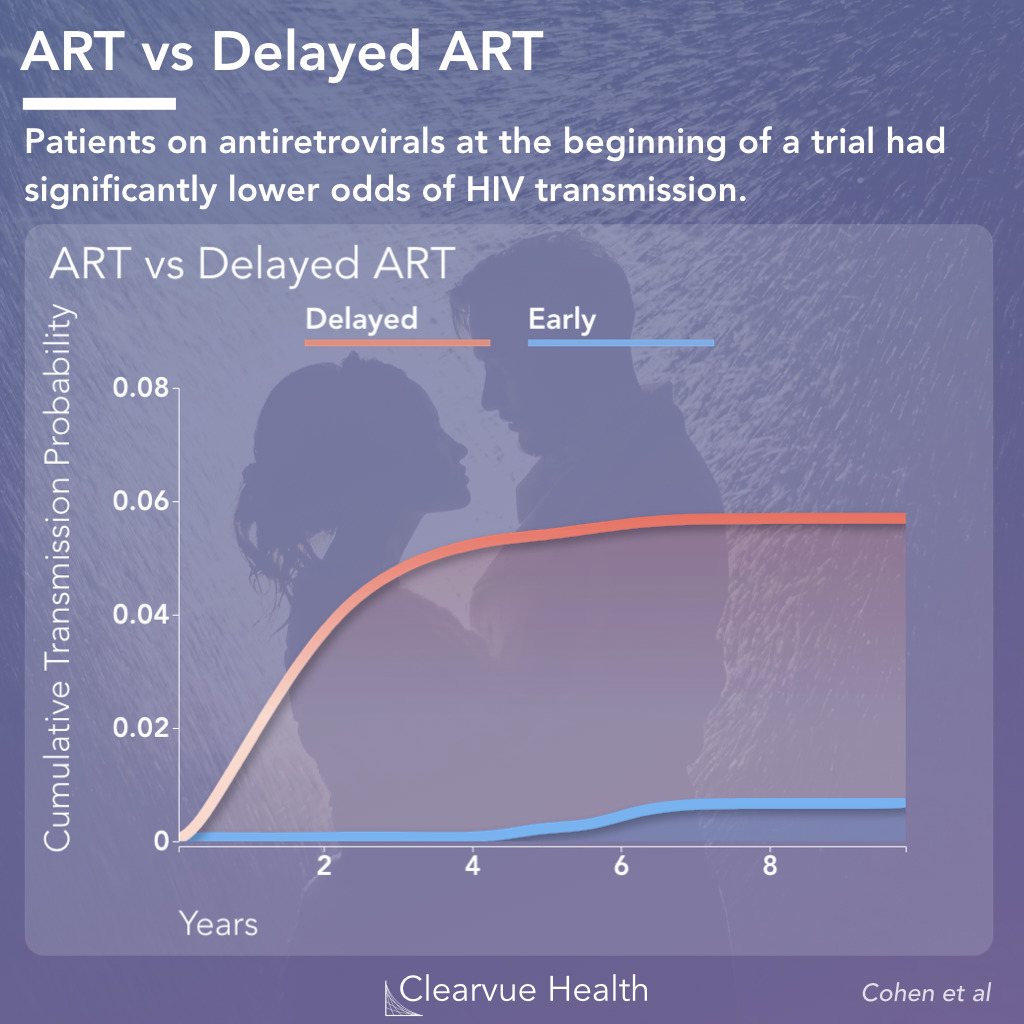
Figure 2: Effectiveness of Antiretroviral Therapy. Antiretroviral therapies are extremely effective for reducing the odds of HIV transmission. 1,763 individuals were split into two groups. The Blue Line represents individuals selected to receive antiretroviral therapy immediately. The Red Line represents individuals who received antiretroviral therapies after showing symptoms. The y-axis represents cumulative transmission probability. The x-axis represents the number of years in the study.
The effectiveness of antiretroviral therapies was demonstrated in 2011 in a clinical trial. In the HPTN 052 study, researchers conducted one of the first clinical trials of antiretroviral therapy to prevent transmission between partners. Across 1,763 couples in several countries, researchers found that individuals who were selected to receive antiretroviral therapy immediately had a significantly lower probability of transmitting HIV to their partner compared to individuals who were assigned to receive antiretroviral therapy after they began showing symptoms.
Of the 28 HIV transmission cases recorded in the study, only one was in the early therapy group. Of note, the cases of transmission were typically in patients who had high viral loads in developing countries.
Source: Prevention of HIV-1 Infection with Early Antiretroviral Therapy
Key Takeaways
These data show that today's new HIV medications are very powerful. However, they work best if you take them regularly.
For monogamous couples with an HIV+ and an HIV- partner, HIV transmission between partners can be effectively prevented with viral load suppression. However, this does not completely prevent HIV transmission in all cases. As shown by the subjects in this study who contracted HIV from other sexual partners, near zero transmission only works with HIV viral load suppression in the HIV+ partner.
HIV: No cure...yet
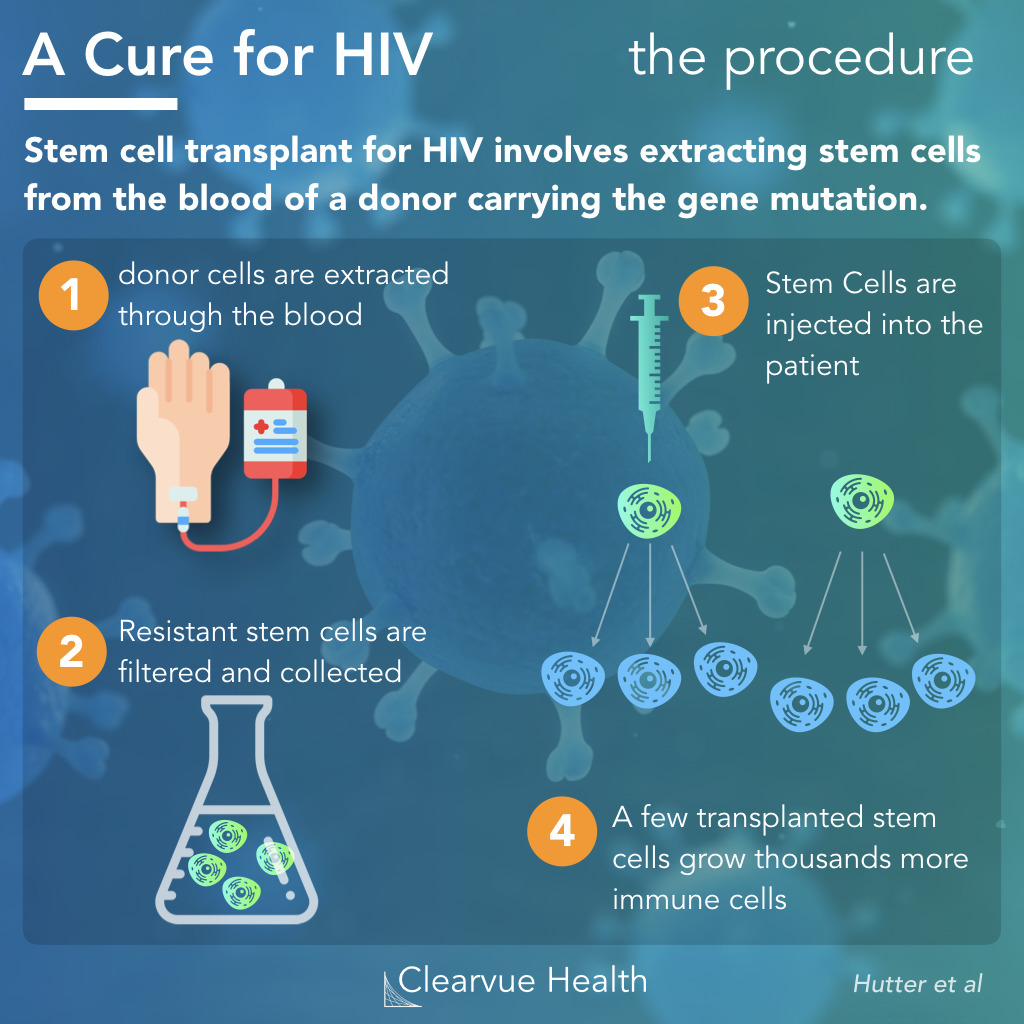
While quite exciting, the data above do not show a cure. They only show the ability to prevent new cases. If a patient already has HIV, they would have to keep taking these treatments for the rest of their life.
A new study shows that a cure however may be possible. In 2009, researchers cured the first patient of HIV through stem cell transplants. In 2019, a second patient has been cured with a similar mechanism confirming that HIV is indeed curable.
Generally, stem cell donors have blood drawn from them, similar to blood donation. Stem cells floating around the blood are filtered and concentrated. These stem cells give rise to immune cells, and carry the HIV immunity mutation.
Doctors then inject these stem cells into the patient after the patient's own stem cells are killed. These new stem cells then go to the bone marrow and begin repopulating the immune system with new HIV resistant immune cells.
HIV Prophylaxis Effectiveness
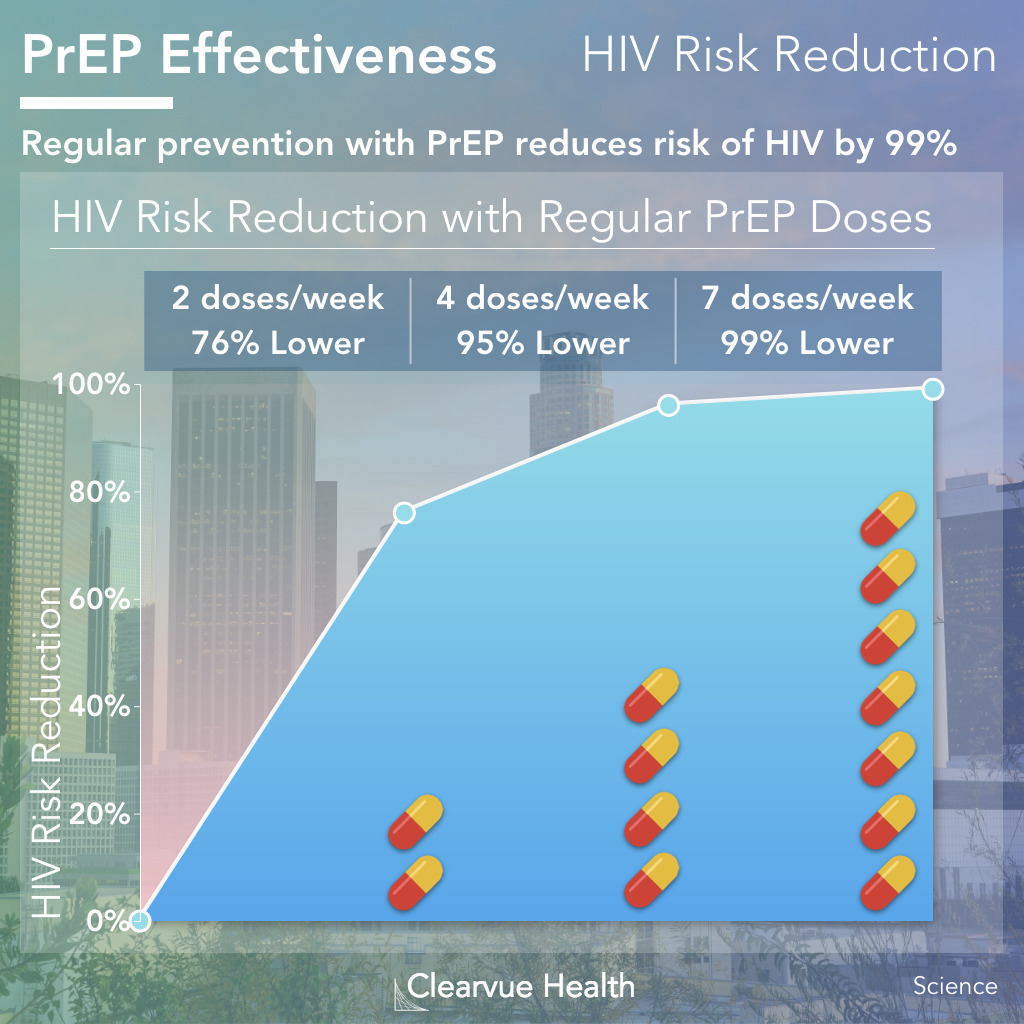
A new type of therapy has been shown to be extremely effective in not only treating HIV but also preventing HIV.
This therapy, termed pre-exposure prophylaxis, are pills that high risk patients take when they don’t have HIV. Similar to a vaccine, they allow healthy individuals to protect themselves from getting sick.
In one pivotal study, researchers found that taking this new drug every day reduces your chances of getting HIV by 99%. Taking this drug every other day, or around four times a week, still protected you and reduced your odds of getting HIV by around 96%. Even if you only take it twice a week, the treatment could still reduce your odds by 76% compared to not taking the drug at all.
HIV Data on Cases and Deaths
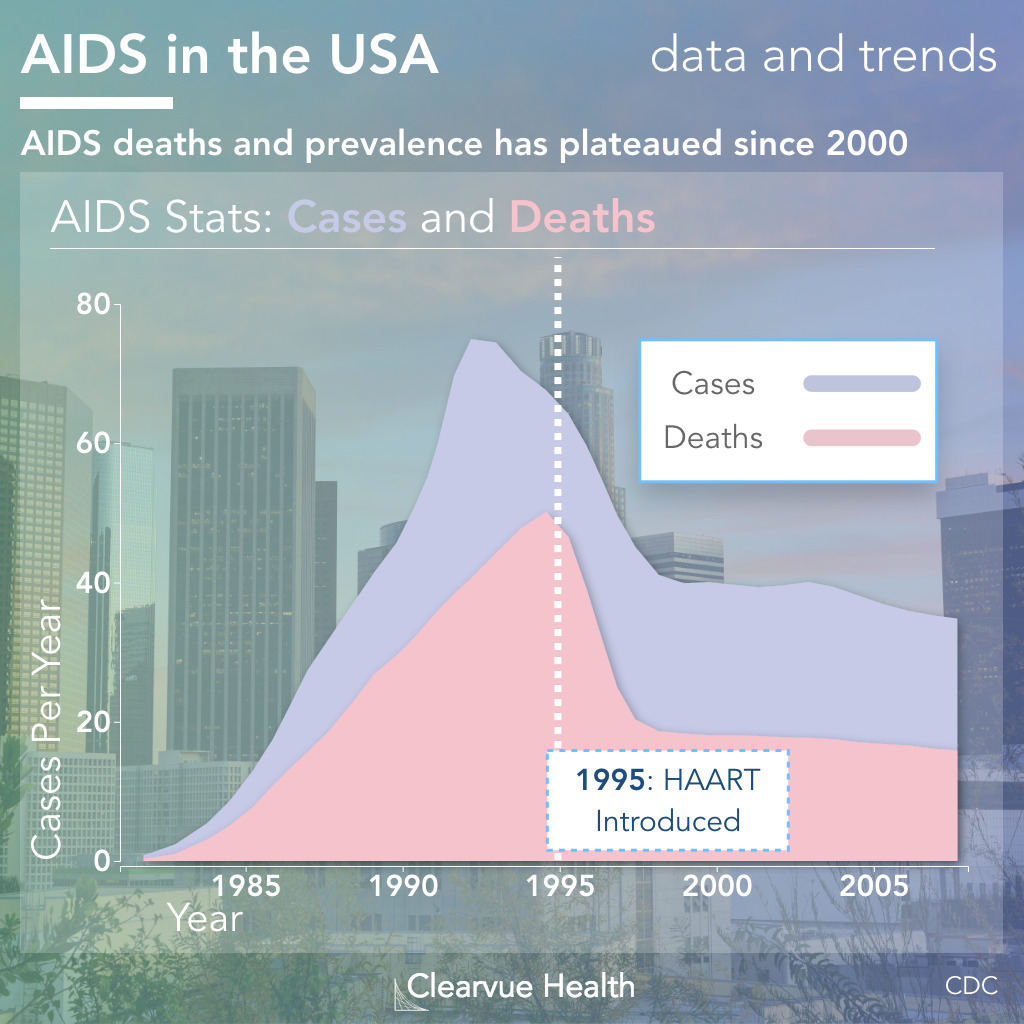
With the introduction of these new treatments back in the 90s, the rate of new AIDS cases dropped dramatically. While we have more more people living with HIV today than ever before, fewer people are dying from this disease because of effective treatments.
However, after an initial drop in deaths from HIV, the death rate and diagnosis rate of AIDS has plateaued. Much of this may be due to a lack of knowledge or a lack of adherence to these medications.





